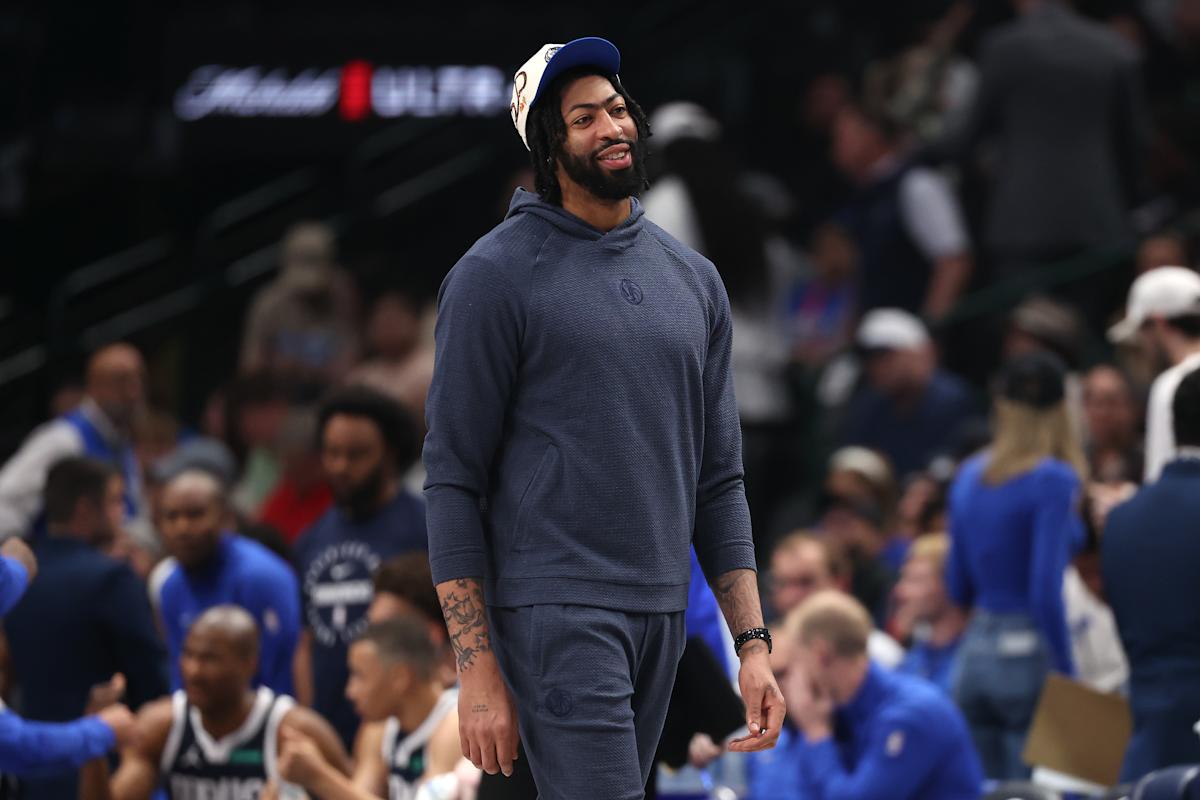It was starting pitching depth that carried the Reds to their first full-season playoff appearance in more than a decade. Their bats ranked 14th in runs per game, 19th in OPS, and 24th in wRC+. Their gloves ranked 20th in errors, DRS, and FRV. Their bullpen ranked 14th in ERA, but 27th in xERA and 27th in SIERA. Yet, the Reds finished 83-79, edging out the Mets for the NL’s final Wild Card spot. How did they pull it off? Andrew Abbott, Hunter Greene, Nick Lodolo, Brady Singer, Nick Martinez, Zack Littell, and Chase Burns had a whole lot to do with it. Those seven arms combined to start 152 of Cincinnati’s 162 games, pitching to a 3.69 ERA (84 ERA-) in 832 innings. Their collective 16.4 FanGraphs WAR and 8.64 Win Probability Added as starters helped the Reds finish with the second-best rotation fWAR and third-best WPA in the sport.
Martinez and Littell are set to hit free agency, but Greene, Lodolo, Abbott, Singer, and Burns will be back. Three promising arms who missed 2024 with injuries – Rhett Lowder, Brandon Williamson, and Julian Aguiar – should factor into the mix as well, as could top prospect Chase Petty. That’s a lot of names for one rotation.
Yet, president of baseball operations Nick Krall doesn’t seem overly eager to deal from that area of strength. “I wouldn’t say no,” he told reporters (including Gordon Wittenmyer of the Cincinnati Enquirer), when asked about the possibility of trading a starter this winter. “But when you trade pitchers, you’ve got to go [back]fill them somehow. We all know how it works, where you run out of innings at some point in the season, guys get hurt, things happen.”
The POBO’s comments hit on a key point. The 2025 Reds didn’t just succeed because their starting pitchers were excellent, but because their staff was so deep. Trading away too much of that depth could leave the team scrambling in the case of injuries next season. Greene, Abbott, Lodolo, and Singer are presumably locks for 2026. Meanwhile, Burns, Lowder, Williamson, Aguiar, and Petty all have minor league options; presuming one of them wins the final rotation spot out of spring training, the other four (if healthy) can wait in the wings at Triple-A. Excluding openers, the Reds used 10 different starting pitchers in 2025. They’re going to need more than five to get through another campaign.
That’s especially true with this group of arms. Singer has proven himself to be a durable workhorse over the past few years. But no one else on Cincinnati’s staff has ever made 30 starts in a season. Abbott qualified for the ERA title for the first time in 2025, but Greene and Lodolo have yet to accomplish that feat. Burns, Lowder, Williamson, Aguiar, and Petty have started a grand total of 49 games in their young careers, and 26 of those belong to Williamson. As general manager Brad Meador mentioned, the Reds are “going to have to manage the innings of a handful of those guys.”
Krall also acknowledged that trading from his major league pitching depth might not be the most straightforward way to improve other areas of the roster.
“It’s really hard to say we’re going to go trade a pitcher – and I’m not sure you’re going to trade a pitcher for offense,” he explained. “You might end up trading the pitcher for a prospect and then go have to sign the offense.”
[Related: Cincinnati Reds Offseason Outlook, for MLBTR Front Office subscribers]
None of this is to say the Reds won’t end up trading a starter. It’s just not a given. Asked about the possibility of dealing Greene, an All-Star on an incredibly team-friendly contract (he’s guaranteed just $42MM over the next three years), Krall could have shut down the line of questioning. Instead, he replied, “I don’t want to speculate on anybody that’s going to get traded or not traded at this point.” The Reds aren’t actively shopping any of their young starters, but it doesn’t sound like anyone is untouchable either. After all, if anyone were untouchable, one would think it would be Greene.
That said, for all the same reasons the Reds wouldn’t want to trade Greene, he would bring back a nice return in a deal. All of Cincinnati’s starters are cost-controlled, with Singer, Lodolo, and Williamson still in their arbitration years, and Abbott, Burns, Lowder, Aguiar, and Petty not yet eligible for arbitration. Yet, Greene is both a proven ace and a high-upside young arm, and he is under team control through the 2030 season. That’s a valuable player.
If the Reds are looking to shave payroll, trading Singer would be their best course of action; he is projected to make $11.9MM in his final year of arbitration eligibility. If they’re trying to bring back an MLB-ready position player without significantly weakening their rotation for 2026, then it’s Petty, still a top prospect, who makes the most sense to move. However, if the goal is simply to find the best possible return, it’s Greene who would command such a package.
Nothing Krall said suggests Greene is on the block. But he had a chance to say Greene was off limits, and he didn’t take it. Instead, the POBO only said that he didn’t want to speculate about trade candidates because he hadn’t “had any conversations with other clubs.” Of course, Krall also said that when a team trades a pitcher, they have to somehow fill his spot. Greene, it should go without saying, wouldn’t be easy to replace. So, a trade still seems improbable – but perhaps it’s slightly closer to being a real possibility than Reds fans might want to believe.
























